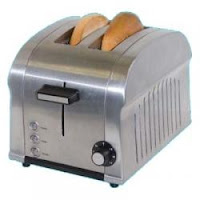
According to some of the legends out there, coffee was supposedly discovered in Ethiopia, where coffee grew wild everywhere. Some shepherds with their sheep, have discovered that their flocks didn't sleep during the night after eating coffee that was growing in the wild.
Another legend that I have discovered gives us the name for coffee or "mocha". An Arabian was banished to the desert with his group to die with no food. In desperation, Omar the name of the banished man had his friends boil and eat the fruit from a plant unknown to them. Not only did the juice of the unknown plant save them who were banished, but their survival was taken as a religious sign by the residents of the nearest town called Mocha. The plant and its juice that was formed were named Mocha to honor this event that has happened.
In the 9th century in the Muslim world, coffee began to be use as a medicine, was liked for taste and became a pleasurable drink among the Muslims.
During the 14th century some coffee trees were transplanted to Arabia. They named it Kiawah.
One early use for coffee is has little appeal today. The Galla tribe from Ethiopia. Used coffee, but not as a drink. They would wrap the beans in animal fat as their only source of nutrition while on prowling. The Turks were the first country to adopt it as a drink, often adding spices such as clove, cinnamon, cardamom and anise to the brew.
By 1500 it was already in Turkey and then in Italy. In 1720 Gabriel Mathieu de Chieu, a French Marine Official, brought to Martinica three coffee trees from Paris. Only one of these trees survived the trip. From this surviving tree, coffee growing started in the New World.
Coffee shops began to open in the late 1600's in country's capital cities then in the larger cities and from then on into the beginnings of domestic use.













